Keeping insects as pets has become increasingly popular in recent years, offering a fascinating glimpse into the world of these small yet complex creatures. Unlike traditional pets, insects generally require minimal space, making them ideal for apartments or homes with limited room. However, determining the right enclosure size is crucial for your insect’s health, natural behaviors, and overall well-being. Different species have vastly different needs, from the climbing preferences of stick insects to the burrowing habits of beetles. This guide will help you understand the specific tank requirements for various pet insect species, ensuring your tiny companions thrive in their miniature habitats.
Understanding Basic Insect Housing Principles
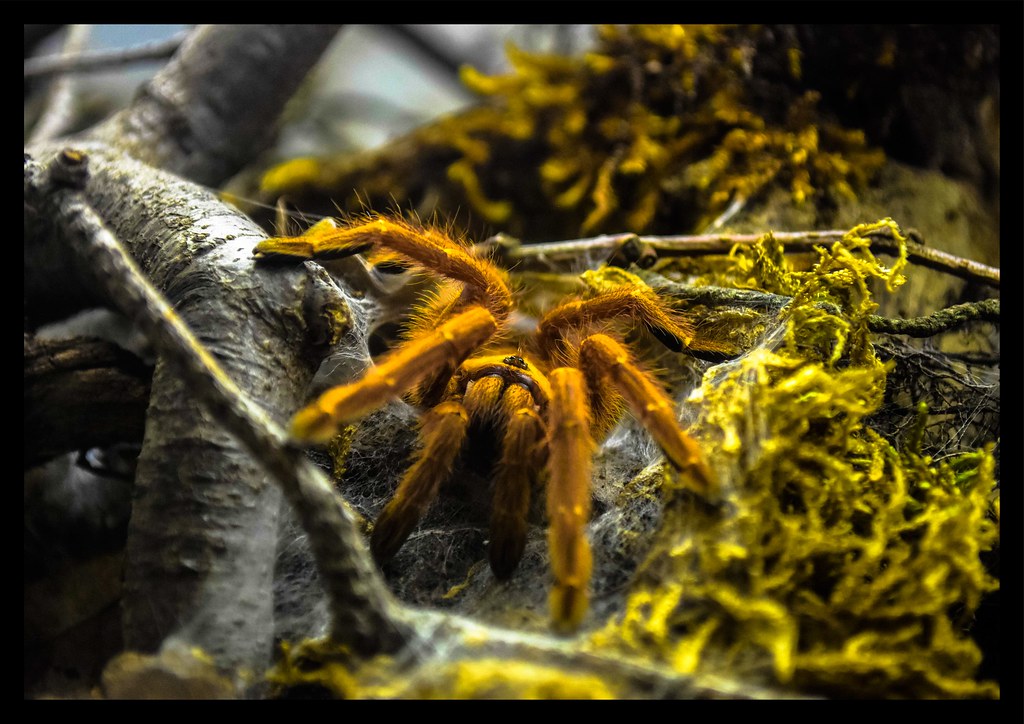
When housing any insect species, several fundamental principles apply regardless of the specific type you keep. First, the enclosure should provide enough space for the insect to move around naturally, with room to climb, burrow, or fly depending on the species’ habits. Second, the tank height-to-width ratio should reflect the insect’s natural movement patterns—vertical for climbers and horizontal for ground-dwellers. Third, overcrowding must be avoided, as it leads to stress, competition for resources, and potential cannibalism in some species. Finally, the tank should accommodate not just the insect but also its food sources, hiding places, moisture requirements, and any environmental enrichment necessary for psychological well-being.
Stick Insects: Reaching for the Sky
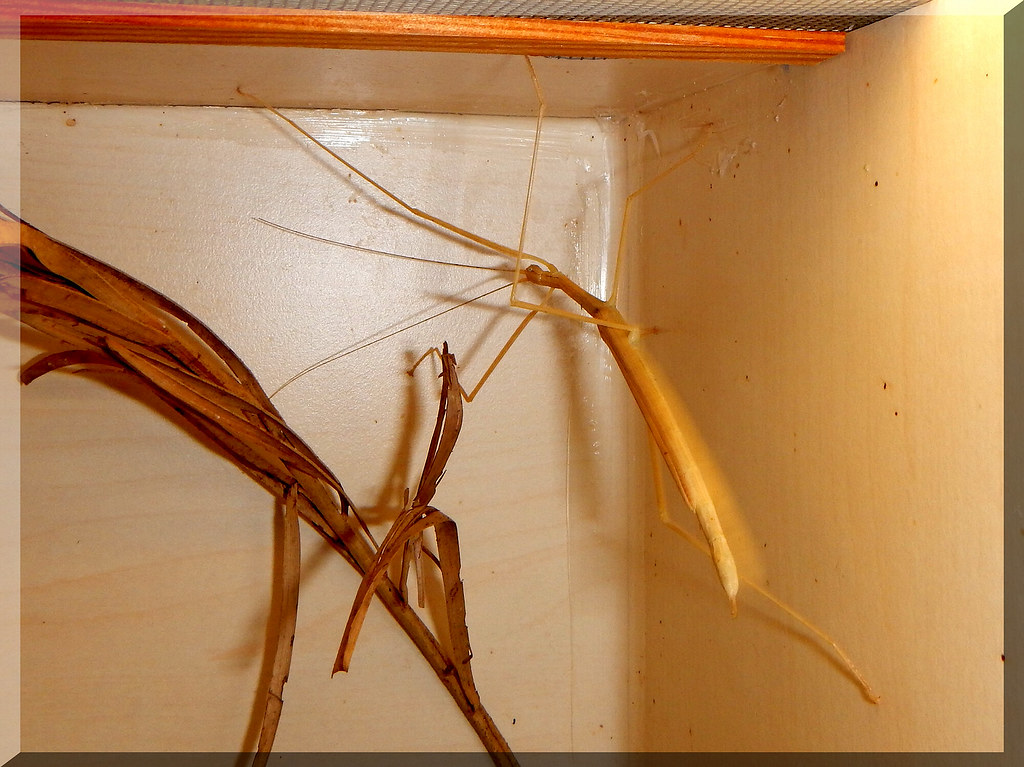
Stick insects (Phasmatodea) require tall, vertical enclosures that mimic their natural tree-dwelling environments. For most species, a tank measuring at least 3 times the insect’s adult length in height and 2 times their length in width is recommended. For example, an Indian stick insect (Carausius morosus) growing to 4 inches would need a minimum 12-inch tall enclosure. Larger species like the Giant Prickly Stick Insect (Extatosoma tiaratum) require tanks at least 18-24 inches in height. The tank should include plenty of climbing branches and foliage, not just for exercise but because these insects spend most of their time suspended from vegetation. A mesh or well-ventilated lid is essential as stick insects need good air circulation to prevent fungal issues while maintaining humidity.
Mantids: Ambush Predators Needing Space
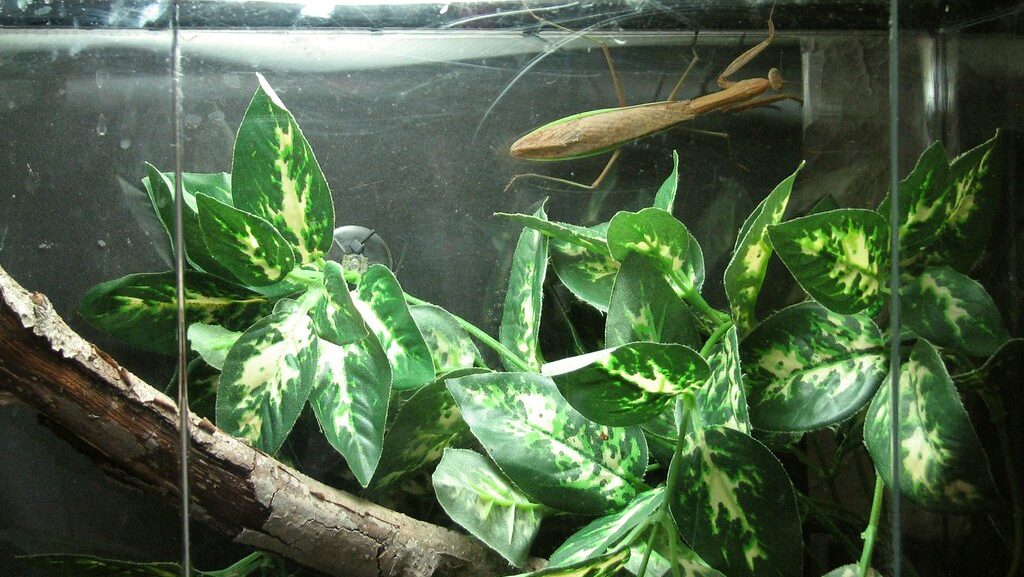
Praying mantids require enclosures that accommodate their hunting behavior and molting needs. As a general rule, the tank should be at least 3 times the mantid’s length in height and 2 times its length in width and depth. For a typical species like the Chinese mantis (Tenodera sinensis) that reaches 4-5 inches, an enclosure of at least 12-15 inches tall by 8-10 inches wide is appropriate. The height is particularly important as mantids molt while hanging upside down and need sufficient clearance to shed their exoskeletons successfully. The tank should include multiple perches at different heights and angles, allowing the mantid to establish hunting positions. Mesh sides or good ventilation are crucial for maintaining appropriate humidity levels without condensation, which can be deadly to these insects.
Beetles: Diverse Needs for Diverse Species
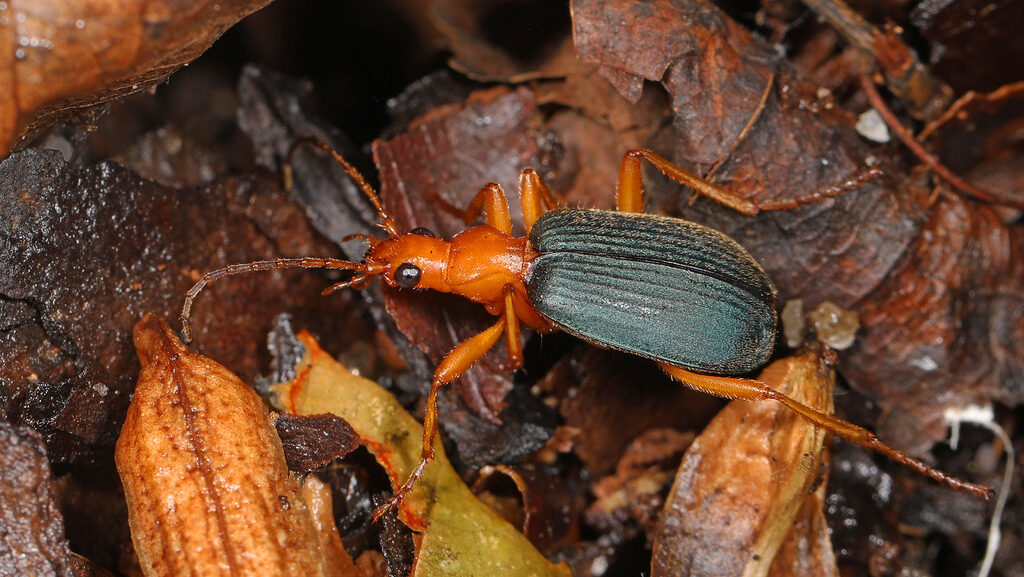
Beetles represent the largest order of insects with tremendously varied requirements depending on the species. For ground-dwelling beetles like darkling beetles or rhinoceros beetles, a horizontally-oriented tank is preferable, with a substrate depth of at least 4-6 inches for burrowing. A 5-10 gallon tank is suitable for most medium-sized species, providing at least 3 square inches of surface area per beetle. For larger species like Hercules beetles (Dynastes hercules), which can reach 7 inches, a 20-gallon tank represents the minimum size to accommodate their active nature and substrate needs. Stag beetles benefit from tanks with both deep substrate and vertical space for climbing, with at least 8-10 inches of substrate and a minimum 15-inch height. The substrate composition is as important as the tank size, with many species requiring a specific mix of decaying wood, soil, and leaf litter.
Tarantulas: Space for Terrestrial vs. Arboreal Species

While technically arachnids rather than insects, tarantulas are popular invertebrate pets with specific enclosure requirements. Terrestrial tarantulas like the Chilean rose hair (Grammostola rosea) need horizontally-oriented tanks with floor space being the priority. For adult specimens, a tank roughly 3 times the tarantula’s leg span in length and 2 times in width provides adequate room, with a minimum 2-3 inches of substrate for shallow burrows. Arboreal tarantulas such as the Pink Toe (Avicularia avicularia) require taller enclosures at least 3 times their leg span in height, with sufficient climbing structures. Most adult terrestrial tarantulas do well in 5-10 gallon tanks, while arboreal species benefit from specially designed vertical enclosures with at least 18 inches of height. Despite their fearsome reputation, most tarantulas are surprisingly sedentary and don’t require the spacious accommodations needed by more active invertebrates.
Millipedes: Horizontal Space for Horizontal Movers
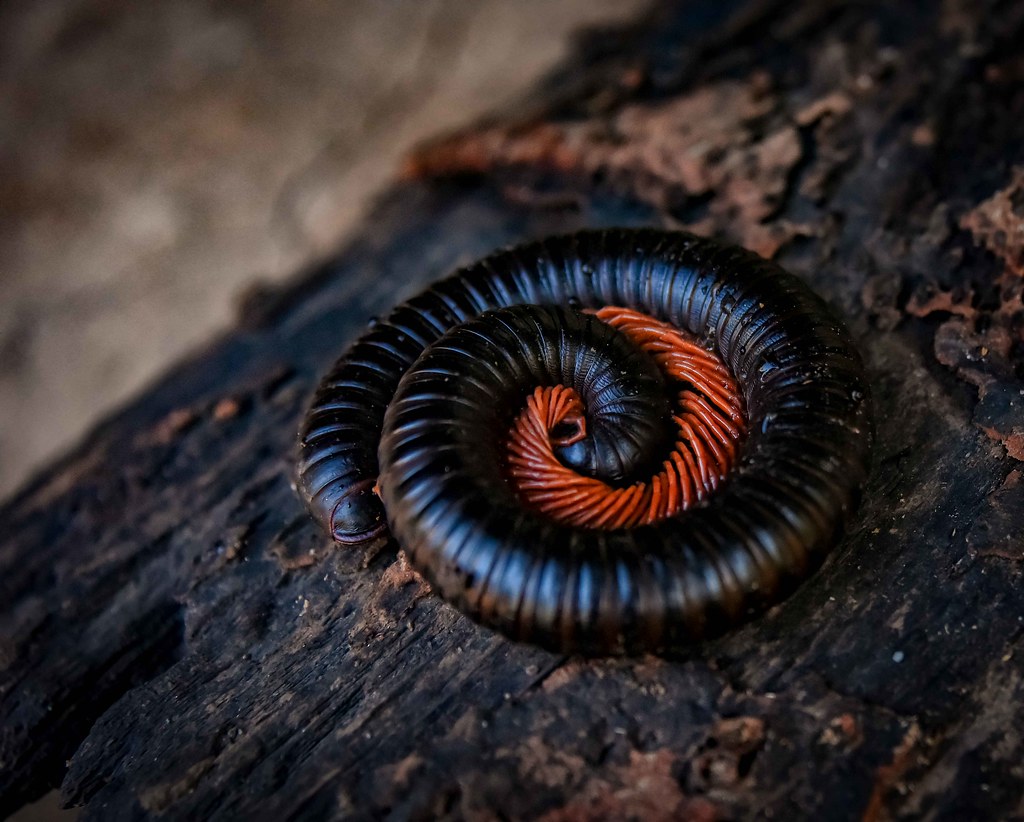
Millipedes, which are actually myriapods rather than insects, thrive in enclosures that prioritize floor space over height. For commonly kept species like the Giant African Millipede (Archispirostreptus gigas), which can reach 6-11 inches in length, a 10-20 gallon tank provides suitable space. The substrate depth is critical, requiring at least 4-6 inches to allow for burrowing behavior. As social creatures, millipedes can be kept in groups, but the tank size should increase accordingly—a good rule is adding 2-3 gallons of tank volume for each additional adult millipede. The tank should be at least twice as long as the millipede’s body length and at least 1.5 times as wide to allow natural movement patterns. Since millipedes primarily consume decaying plant matter, their enclosure should include plenty of leaf litter, rotting wood, and similar materials that serve as both habitat and food source.
Cockroaches: Colony Considerations
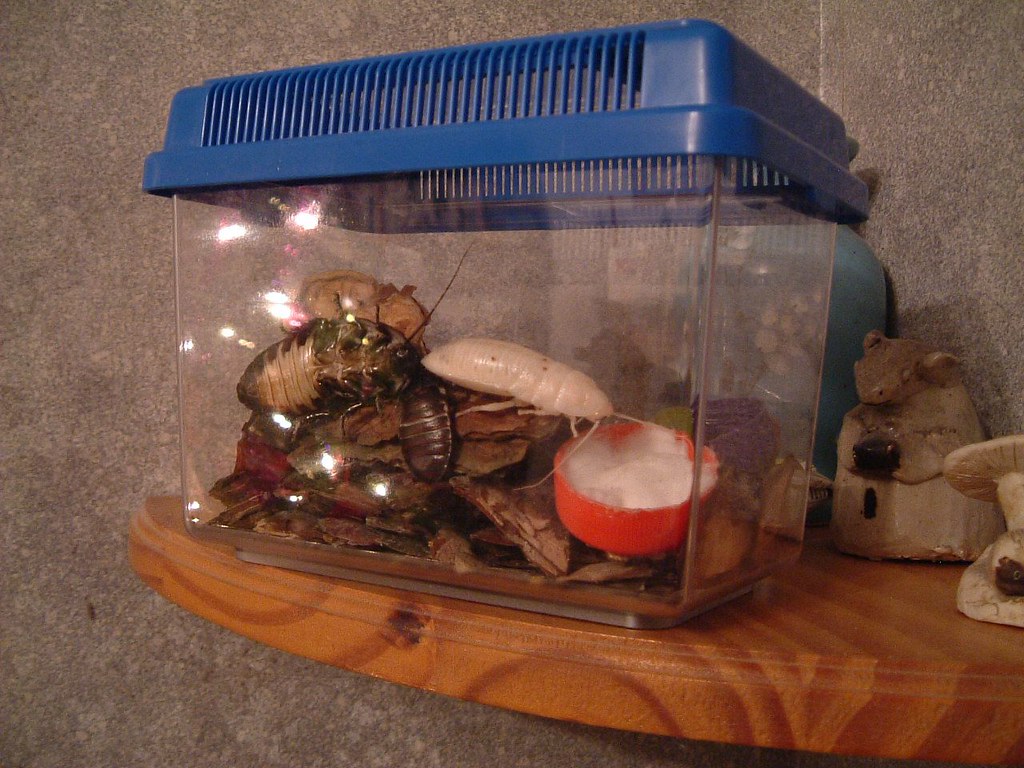
Pet cockroaches such as Madagascar Hissing Cockroaches (Gromphadorhina portentosa) or Dubia Roaches (Blaptica dubia) are often kept in colonies, requiring tanks sized to prevent overcrowding. For a small colony of 10-15 adult hissers, a 10-gallon tank provides adequate space, while larger colonies may require 20-30 gallon enclosures. The height of the tank should be at least twice the length of the largest roach to prevent escapes while allowing climbing. Unlike many insects, cockroaches benefit from horizontal space more than vertical, as most species are ground-dwellers rather than climbers. A good rule of thumb is providing at least 3-4 square inches of floor space per adult cockroach. The tank should include numerous hiding spots like egg cartons or cork bark, allowing the cockroaches to create their natural social hierarchies without excessive competition for shelter.
Scorpions: Sizing Based on Activity Level
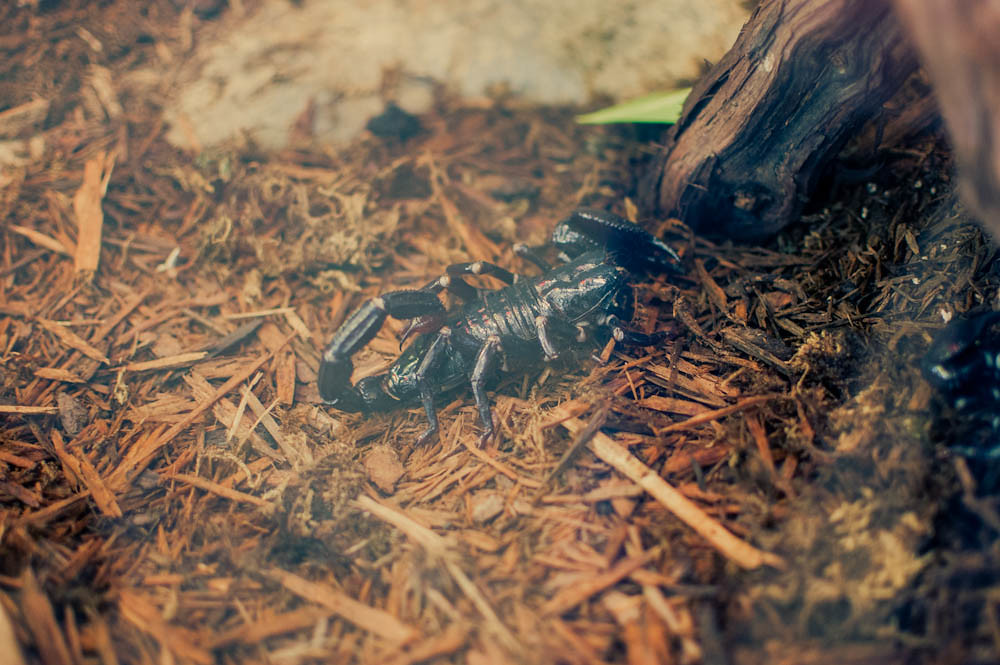
Though arachnids rather than insects, scorpions are popular invertebrate pets with specific tank requirements. Less active species like the Emperor Scorpion (Pandinus imperator) can thrive in relatively modest enclosures—a 5-10 gallon tank suffices for an adult, providing at least 3 times the scorpion’s length in tank width and length. More active species like the Deathstalker (Leiurus quinquestriatus) benefit from larger 10-15 gallon tanks that allow for more movement. The substrate depth should be at least 3-4 inches for burrowing species like the Desert Hairy Scorpion (Hadrurus arizonensis). Most scorpions are solitary and should be housed individually, as communal living typically results in cannibalism. The tank height should be no more than 12 inches for most species, as scorpions are poor climbers and falls can be fatal to these invertebrates with their rigid exoskeletons.
Assassin Bugs: Predators Requiring Vertical Space
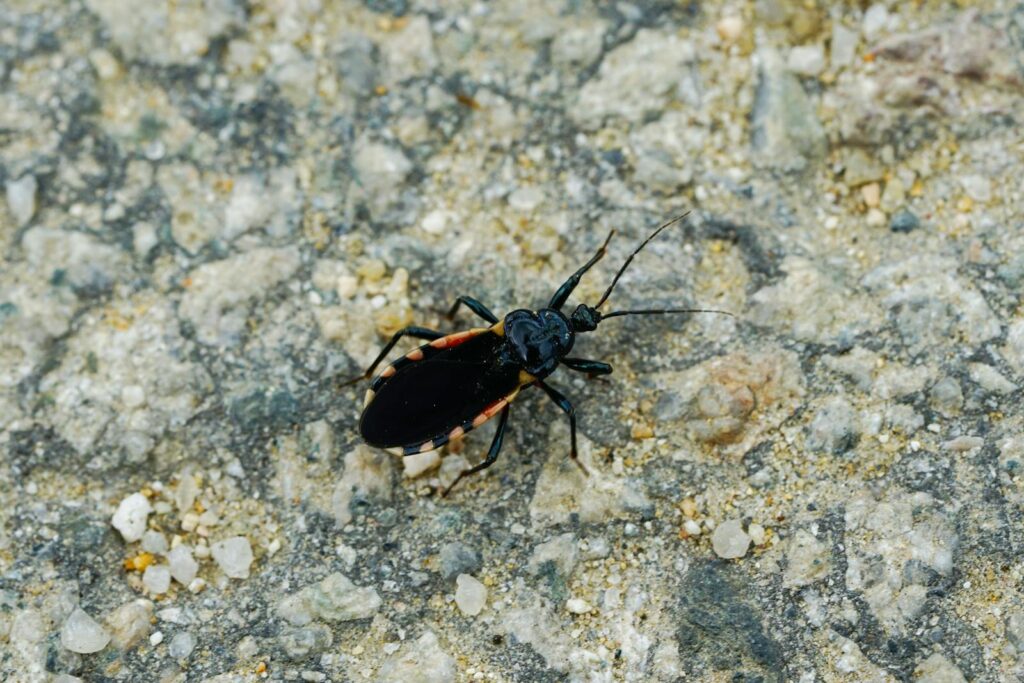
Assassin bugs, particularly the popular Wheel Bug (Arilus cristatus) or Masked Hunter (Reduvius personatus), require enclosures that accommodate their hunting behavior. A tank measuring at least 3 times the bug’s length in height and 2 times in width and depth provides suitable space for an adult. For a typical assassin bug reaching 1-1.5 inches, an enclosure of at least 5-6 inches tall by 3-4 inches wide works well. Vertical space is crucial as these predators often stalk prey from above, requiring branches and climbing surfaces throughout the enclosure. The tank should include varied perching options at different heights, with both open spaces for movement and hiding spots for security. As accomplished climbers with specialized claws, assassin bugs require secure lids to prevent escapes, with fine mesh providing both security and ventilation.
Ants: Colony Size Dictates Tank Requirements
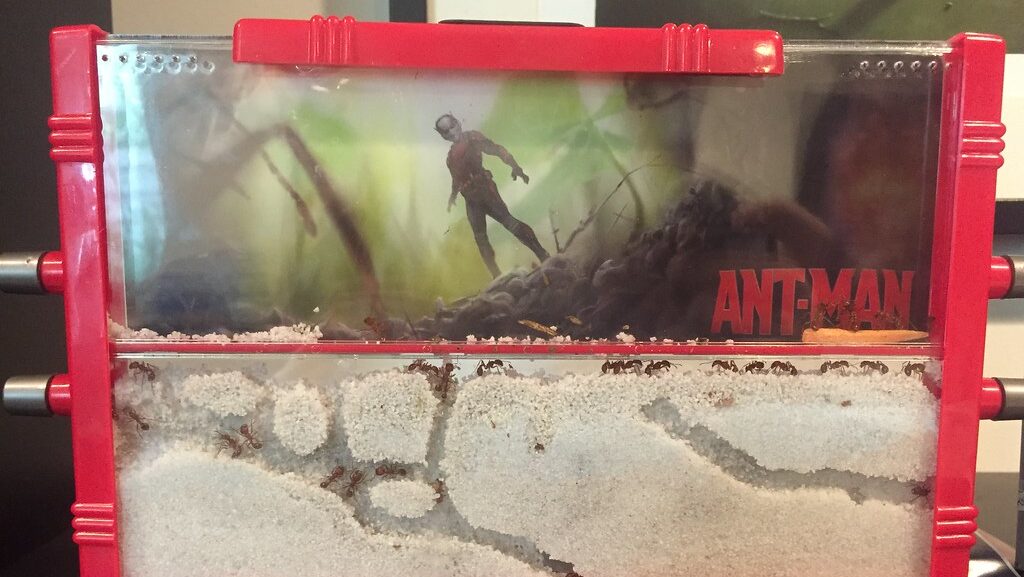
Ant farms require specialized housing that differs significantly from other insect enclosures, with formicaria (ant nests) needing to accommodate both current colony size and future growth. For beginner species like Harvester ants (Pogonomyrmex), a formicarium with at least 20-30 square inches of surface area is suitable for a small colony of 20-50 workers. Larger or more active species like Carpenter ants (Camponotus) require at least 40-50 square inches for similar colony sizes. The formicarium should include both a nest area with chambers and tunnels (typically 1/4 inch in height) and a foraging area at least 6 inches square. Vertical farm designs are popular but should still provide at least 3-4 cubic inches of space per 10 ants in the colony. Unlike most insect tanks, ant farms benefit from having opaque areas where ants can nest in darkness, mimicking their natural subterranean lifestyle.
Crickets: Spacious Quarters for Active Insects
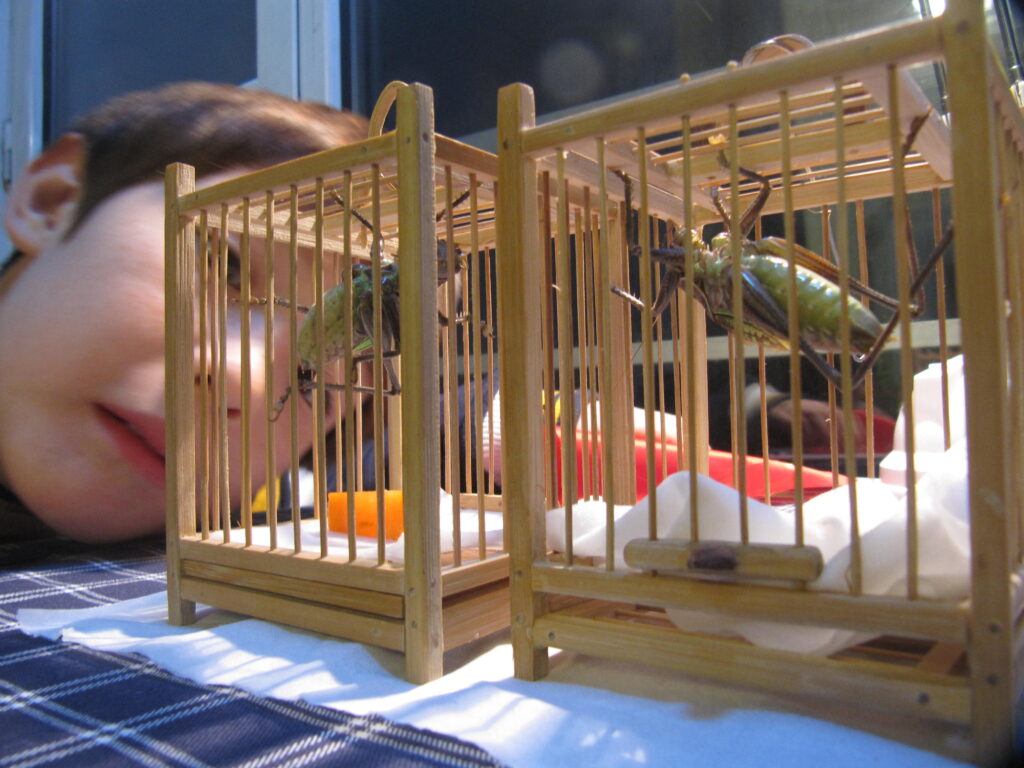
While often kept as feeders, crickets can make engaging pets with their active behavior and interesting sounds. Housing crickets requires relatively spacious enclosures due to their jumping capacity and activity levels. For a small group of 10-15 adult crickets, a 10-gallon tank provides adequate space, while larger colonies need proportionally larger quarters—up to 20-30 gallons for 50+ crickets. The height of the tank should be at least 12 inches to accommodate jumping without being so tall that maintenance becomes difficult. Unlike many pet insects, crickets benefit from broad floor space rather than elaborate climbing structures. The tank should include numerous hiding spots like egg cartons or toilet paper tubes to reduce cannibalism and provide security for molting individuals. Proper ventilation is crucial for crickets, but any mesh openings must be extremely fine as even juvenile crickets can escape through surprisingly small gaps.
Considerations for Mixed Species Enclosures
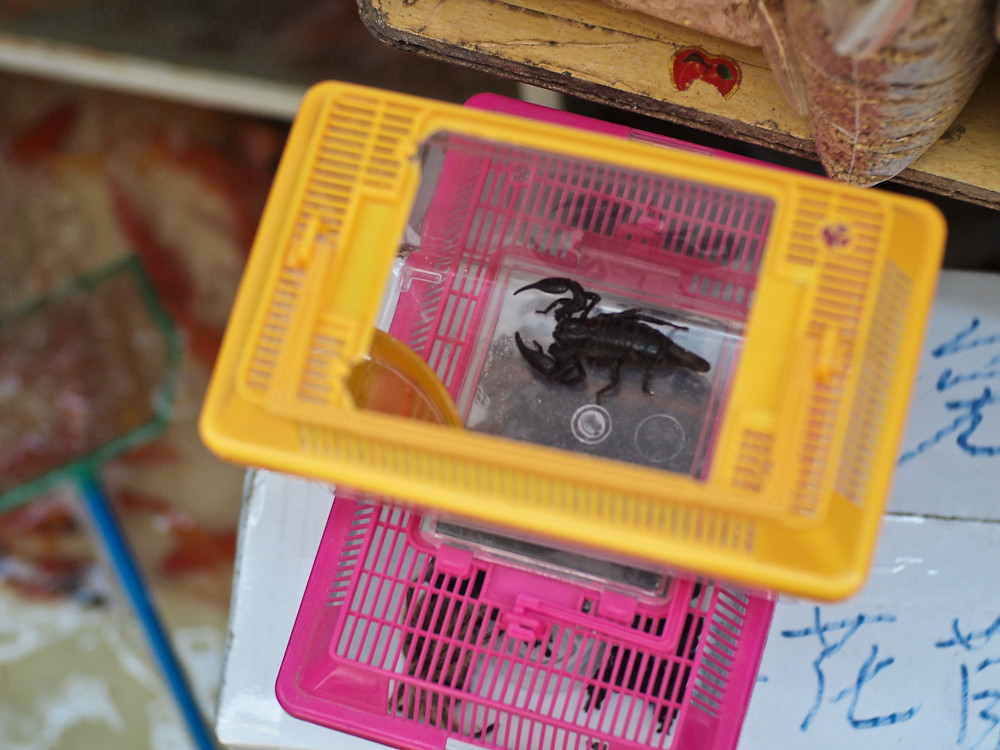
Creating mixed-species insect habitats requires careful planning and substantially larger enclosures than single-species setups. As a general rule, a mixed enclosure should be at least 50% larger than what the most space-demanding species would require alone. Compatibility must be thoroughly researched to prevent predation or competition—for instance, millipedes and isopods often cohabitate successfully as they occupy different ecological niches. The tank design must accommodate the needs of all species simultaneously, such as providing both deep substrate for burrowers and vertical structures for climbers. Temperature and humidity gradients become especially important in mixed enclosures, requiring careful consideration of tank size and layout to create appropriate microclimates for each species. Even with compatible species, monitoring is essential as seemingly harmonious combinations can sometimes develop problematic interactions as the inhabitants mature or populations grow.
Adapting Tank Size Throughout Life Stages
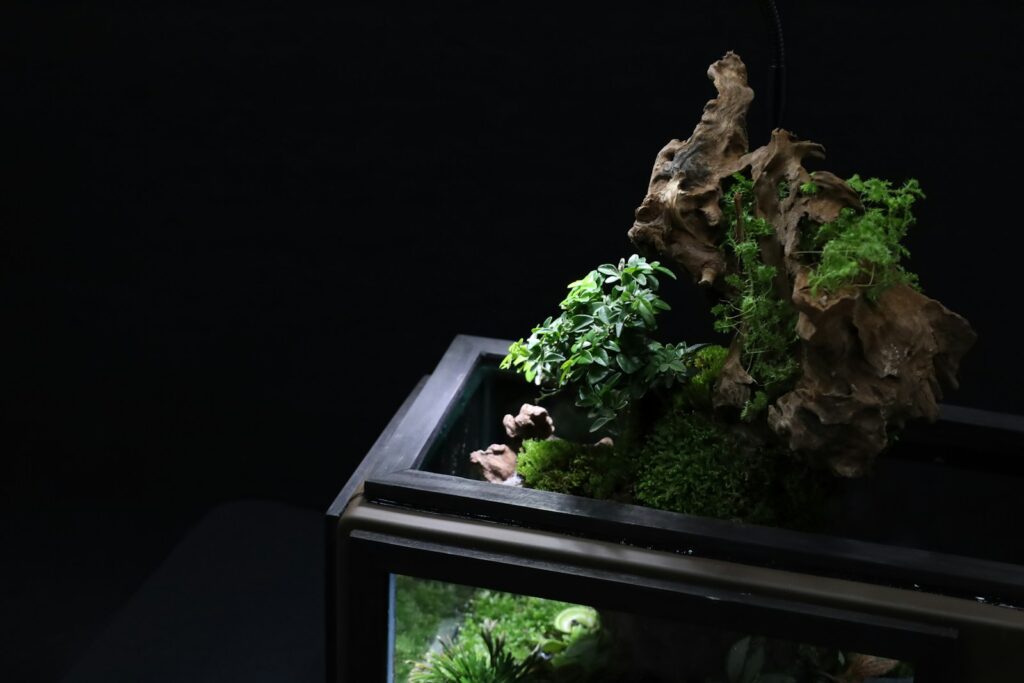
Many insect species undergo dramatic size changes during their development, requiring adjustments to their housing. For insects with complete metamorphosis like beetles, smaller enclosures are appropriate for larvae but must be upgraded significantly for adults—a rhinoceros beetle larva may start in a 1-gallon container but require a 10-gallon tank as an adult. Growth rate should be considered when selecting initial housing; fast-growing species might outgrow smaller tanks quickly, making larger initial setups more economical despite seeming oversized at first. Molting insects like mantids and stick insects need increasingly larger enclosures as they grow, with each molt potentially requiring an upgrade to prevent cramped conditions that can lead to deformities. The timing of these upgrades is crucial—too small an enclosure limits growth and natural behaviors, while too large an environment can make it difficult for some species to locate food or maintain appropriate microclimate conditions.
Conclusion: Balancing Species Needs with Practical Considerations
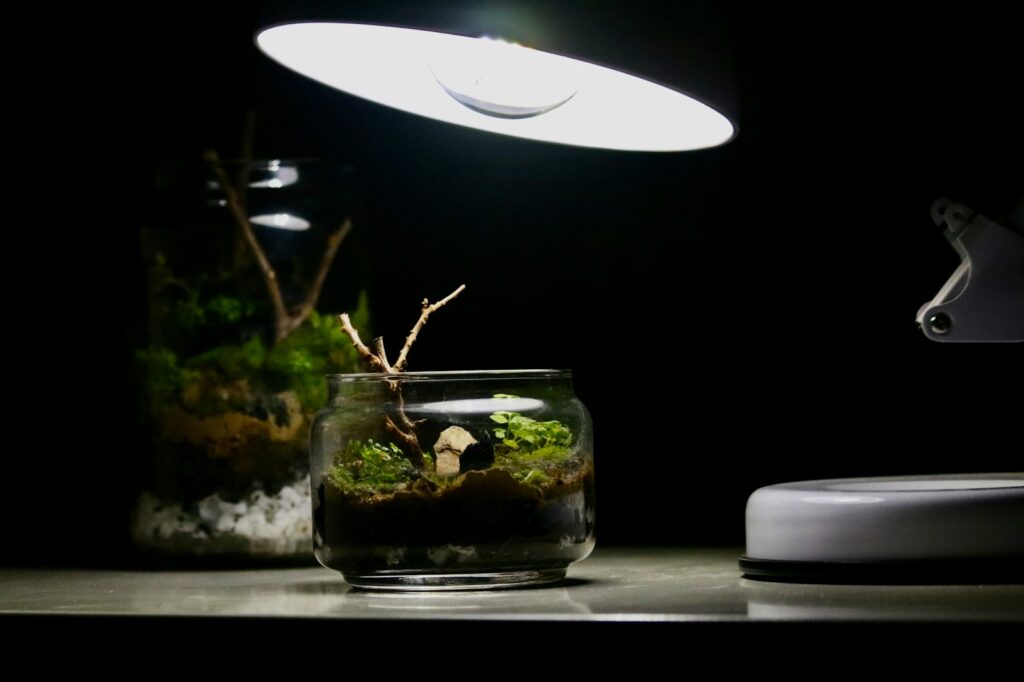
Selecting the right tank size for your pet insect involves balancing the species’ biological needs with practical considerations like available space and budget. While this guide provides general recommendations, it’s important to research the specific requirements of your chosen species, as even closely related insects can have dramatically different housing needs. Remember that appropriate tank size is just one aspect of proper insect care—factors like substrate type, humidity levels, temperature, and enrichment are equally important for your invertebrate’s well-being. When in doubt, erring on the side of a slightly larger enclosure is typically better than one that’s too small, provided the larger space can still maintain appropriate environmental conditions. With proper housing that accommodates their natural behaviors, pet insects can display fascinating activities and live to their full potential, offering years of educational enjoyment to their keepers.

